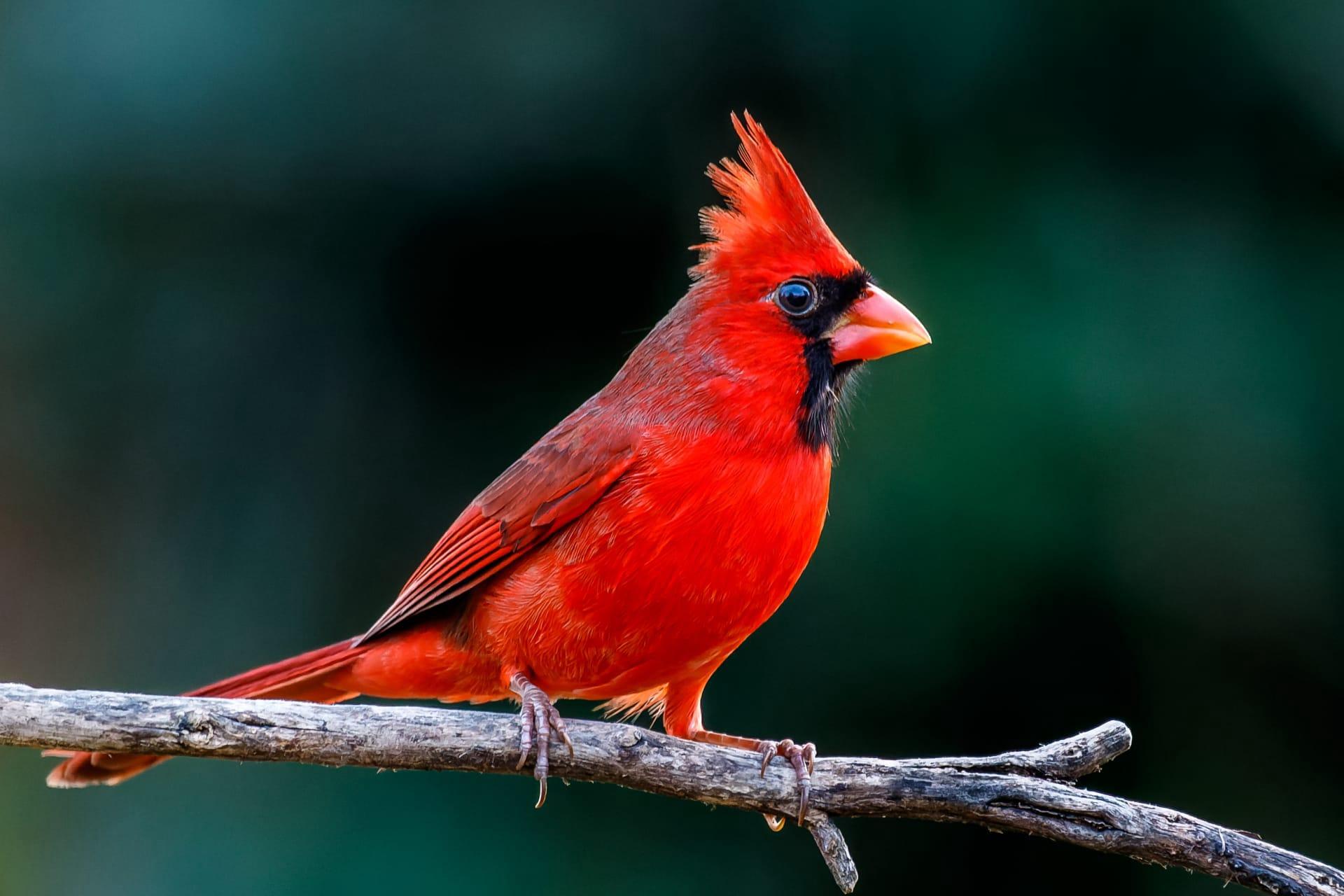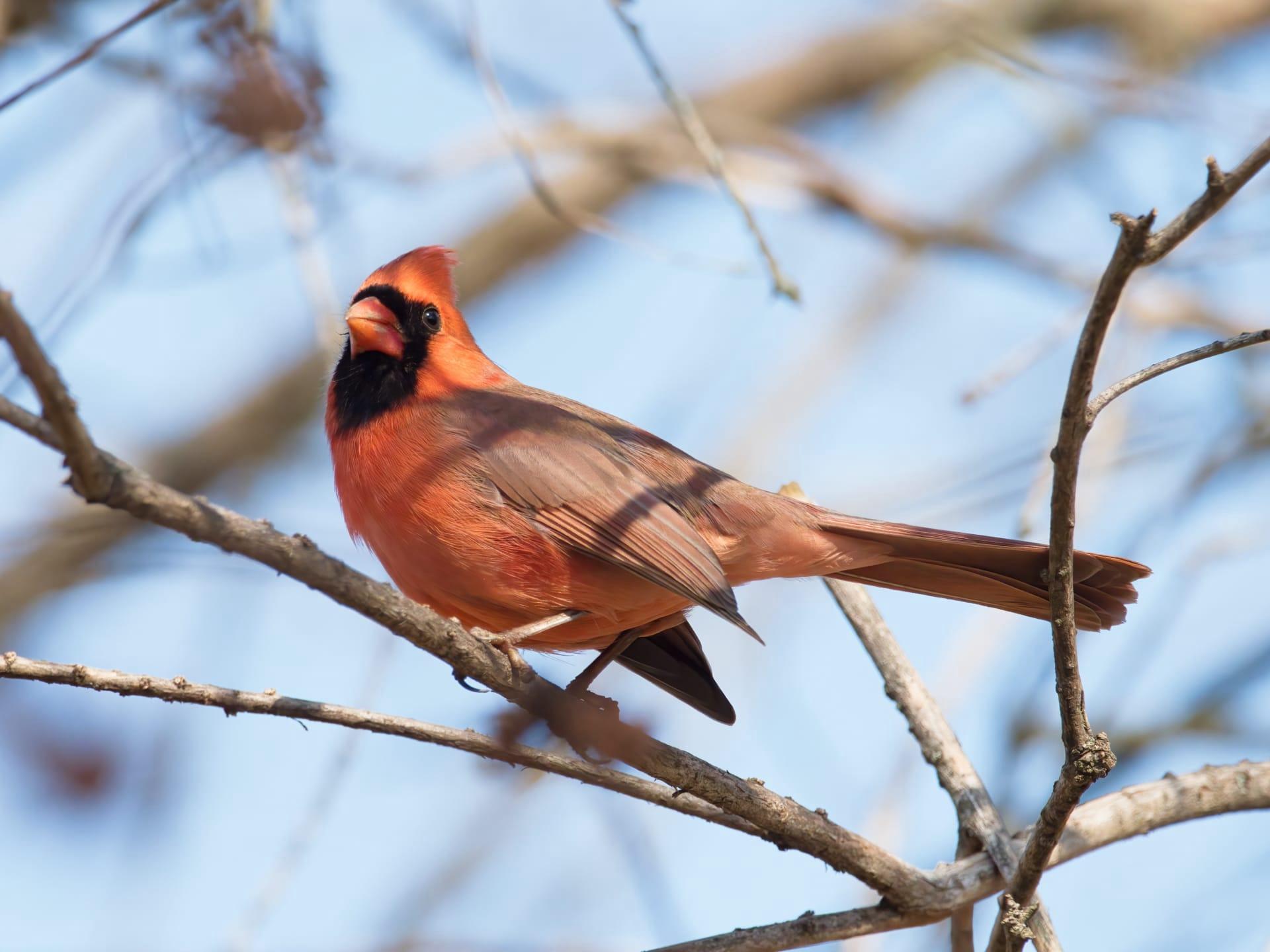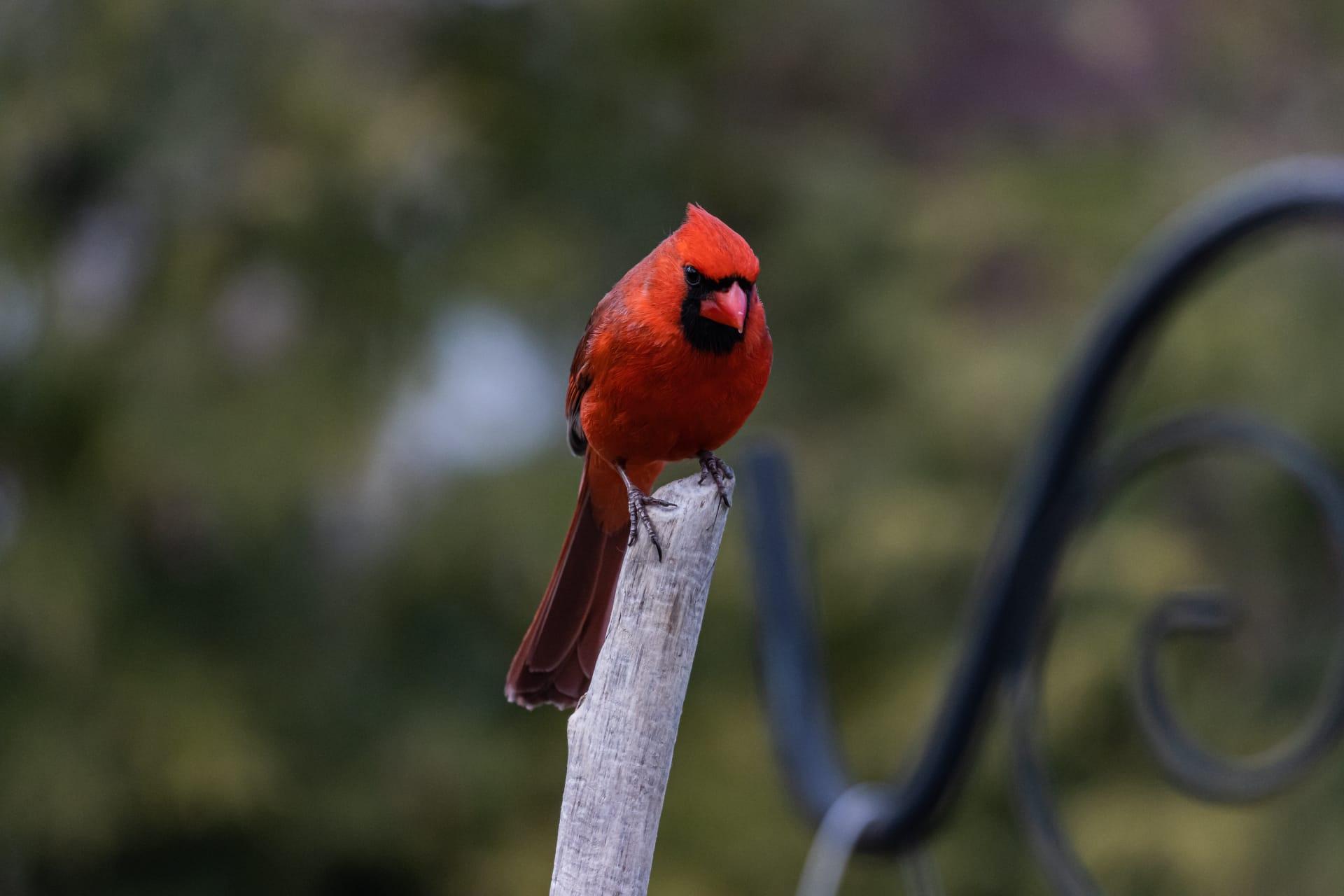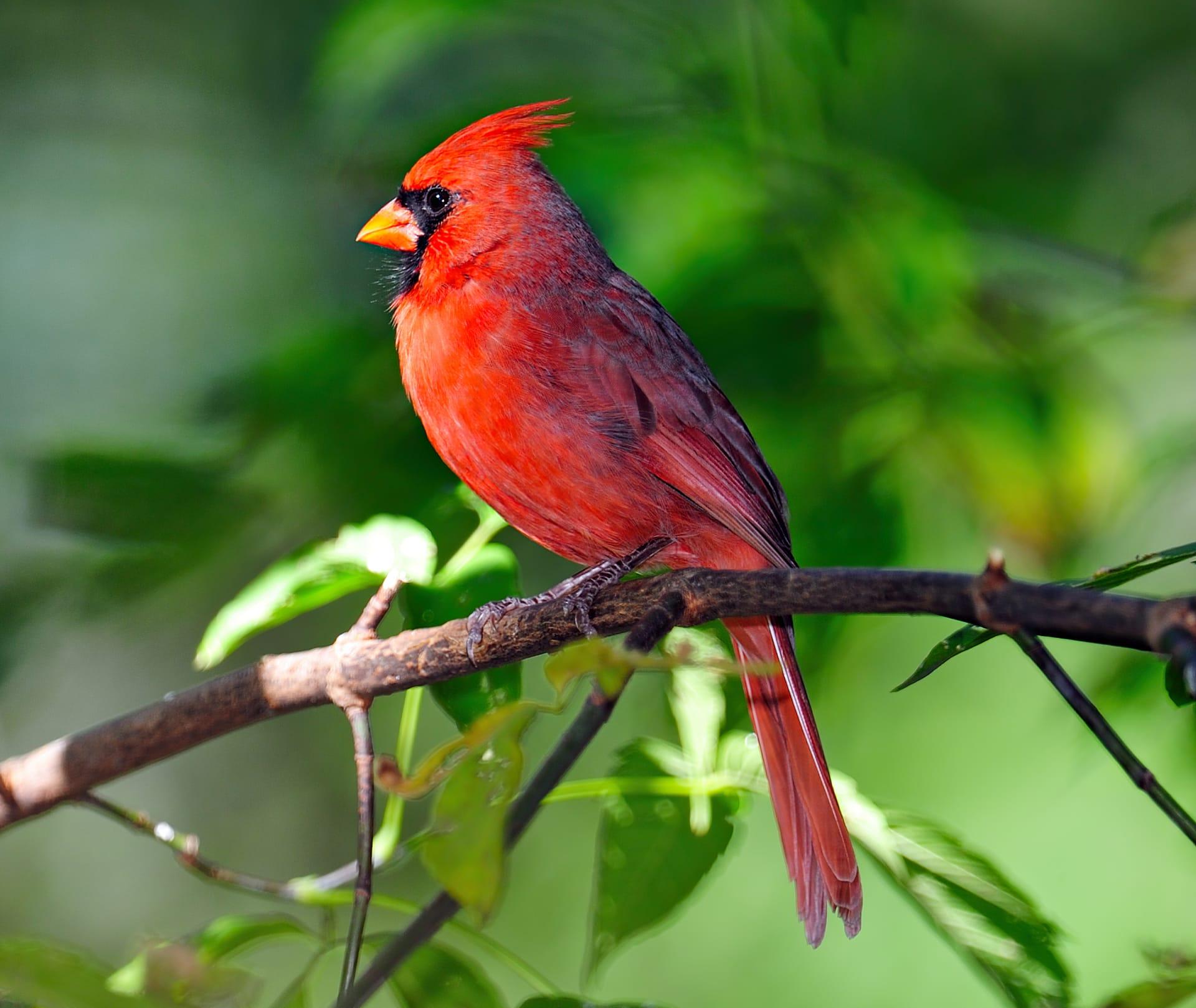Cardinal
- Home /
- Mini Encyclopedia /
- Animal /
- Cardinal
1
The Northern Cardinal, scientifically known as Cardinalis cardinalis, is a fascinating bird belonging to the family Cardinalidae. This species stands out with its bright red plumage, especially in males, while females display a more subdued mix of gray and red. It's a medium-sized songbird with a distinctive crest on the head and a thick, red-orange beak, adapted for cracking seeds. The Northern Cardinal does not exhibit seasonal plumage changes, meaning its striking coloration is maintained year-round.
Cardinals are primarily found in North America, with their range extending from southeastern Canada through the eastern United States, down into Mexico and parts of Central America. They are non-migratory birds, meaning they spend their lives within a relatively small area. Habitats preferred by cardinals include woodlands, gardens, shrublands, and wetlands. Their adaptability to different environments, including urban areas, has allowed them to thrive across a diverse range of settings. In the United States, they are commonly seen in backyards, often visiting bird feeders, which has contributed to their popularity.

2
Question: Do all cardinals have bright red plumage?
Answer: A common misconception about cardinals is that they are all bright red. In reality, this characteristic is exclusive to male Northern Cardinals. Females have a more muted color palette, primarily consisting of gray with touches of red in their wings, tail, and crest. This dimorphism is a result of evolutionary adaptations. The bright red plumage of males serves to attract mates and establish dominance, while the more subdued colors of females provide better camouflage, especially during nesting, which aids in protection from predators.

3
The Northern Cardinal employs various survival strategies that are key to its success across diverse environments. One notable strategy is its diet flexibility. Cardinals are omnivorous, feeding primarily on seeds, fruits, and insects. This varied diet allows them to adapt to different food availabilities throughout the year. In winter, when insects are scarce, they rely more on seeds and fruits, often visiting bird feeders.
Another survival tactic is their nesting behavior. Cardinals typically build their nests in dense shrubbery or low branches, which offers protection from predators. Females are primarily responsible for constructing the nest, using twigs, grass, and other plant materials. The location and structure of their nests are crucial for the survival of their chicks, especially considering that cardinals are ground feeders and can be vulnerable to ground predators.

4
In the ecosystem, Northern Cardinals play several important roles. As seed dispersers, they contribute to the propagation of various plant species. Eating seeds from one location and excreting them in another, cardinals help in the spread of flora, which is vital for ecosystem health and diversity.
Cardinals also play a role in insect population control. By feeding on insects, they help to keep these populations in check, which can be crucial for maintaining the balance in their habitats. Furthermore, cardinals are also prey for larger birds and mammals, thus contributing to the food chain and supporting biodiversity in their ecosystems.

5
Film: "The Secret Life of Cardinals" is a documentary produced in the United States in 2019. It offers an intimate look into the lives of Northern Cardinals, showcasing their behavior, mating rituals, and survival strategies. The film highlights the beauty of these birds and their importance in the ecosystem, using stunning visuals and detailed narration.
Book: "Cardinal: The Vibrant Life of North America's Favorite Songbird" by James Kavanagh, published in the United States in 2017, is a comprehensive guide to the Northern Cardinal. It delves into the bird's habitat, diet, and behavior, along with detailed illustrations and photographs. Kavanagh's work is known for its accessibility to bird enthusiasts of all levels.
Book: "Wings of Fire: The Northern Cardinal's Journey" authored by Sarah Benson, released in the UK in 2021, is a compelling narrative that combines scientific research with engaging storytelling. Benson explores the cardinal's role in folklore and culture, its adaptation to urban environments, and the challenges it faces due to climate change and habitat loss. This book is a blend of natural history and conservation insights.